Tootal, a brand renowned for its British ties, scarves, and other garments, boasts a rich history dating back to the 18th century. Originally established as a textile spinning and manufacturing company in Manchester in 1799 by textile merchant Robert Gardner, the firm evolved into Tootal Broadhurst Lee and later Tootal Ltd. The Tootal family became involved in the early 19th century, contributing to the company’s growth and innovation. The partnership among Edward Tootal, Henry Lee, and Henry Tootal Broadhurst led to the opening of the Sunnybank cotton spinning and weaving mills, making it one of the largest manufacturers of hand looms in Blackburn.
The company became notable for its vertical integration, combining both spinning and weaving activities, and establishing a robust marketing network with offices and warehouses in major cities like Bradford, Belfast, and Paris. By the late 19th century, Tootal employed approximately 5,000 workers, operated 172,000 spindles, and 3,500 looms, becoming one of Lancashire’s largest integrated cotton textile producers. The construction of the Grade II* listed Churchgate House in Manchester in 1898 stands as a testament to Tootal’s significant role in the industrial revolution and Victorian entrepreneurial spirit.
Throughout the 20th century, Tootal continued to innovate and expand, developing a range of fabrics and products that included crease-resistant materials, rayon, and silk. The brand was a pioneer in promoting brand names and direct sales to retailers. Tootal ties and scarves, particularly those featuring polka dots and Paisley patterns, became iconic from the 1920s to the 1950s, gaining further popularity with the mod subculture in the 1960s. Today, Tootal is celebrated for its classic British men’s fashion, with its products being highly sought after by vintage clothing enthusiasts and collectors alike.
How to tell if Tootal is vintage from the logo
Tootal, a brand with a rich history dating back to the 18th century, has evolved its logo several times to reflect changing design trends and branding strategies. Recognizing the era of a Tootal product based on its logo can help determine if it’s vintage. Here’s a guide to identifying Tootal logos from different periods.
1920s to 1980s Tootal logo
- The logo from this era is simple and elegant, featuring the brand name “TOOTAL” in capitalized, serif font.
- The design is minimalistic with a timeless appeal, reflecting the brand’s classic and enduring nature.
- This logo was consistent over several decades, making it a hallmark of Tootal’s vintage products.
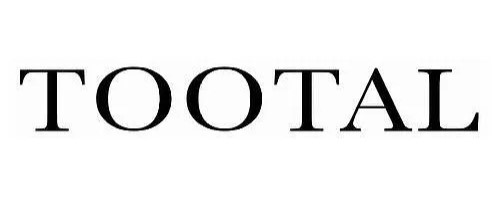
1920s to 1980s Tootal logo
1990s to now Tootal logo
- The 1990s introduced a modernized logo featuring the “TOOTAL” text accompanied by a stylized “T” emblem.
- The emblem consists of three parallel lines forming a geometric design, adding a contemporary touch to the brand’s image.
- The text “TOOTAL” is often accompanied by “LONDON” beneath it, emphasizing the brand’s heritage and origin.
- The font remains capitalized but has a more streamlined and updated look compared to earlier versions.
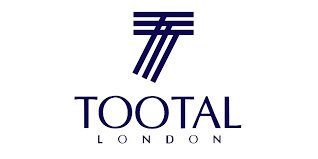
1990s to now Tootal logo
How to tell if Tootal is vintage from the tags
The evolution of Tootal tags reflects the changing design trends and manufacturing details over the decades. By examining the tags, one can identify the era a Tootal garment is from. Here is a guide to help you determine the vintage of Tootal garments based on their tags.
Struggling to identify vintage tags or labels? Submit a picture on our vintage tag identification page, and we’ll help you out!
1940s vintage Tootal tags
- Tags often featured bold serif lettering.
- Included the text “TOOTAL” with simple design elements.
- Material information was straightforward and typically listed as “Rayon” or “Silk.”
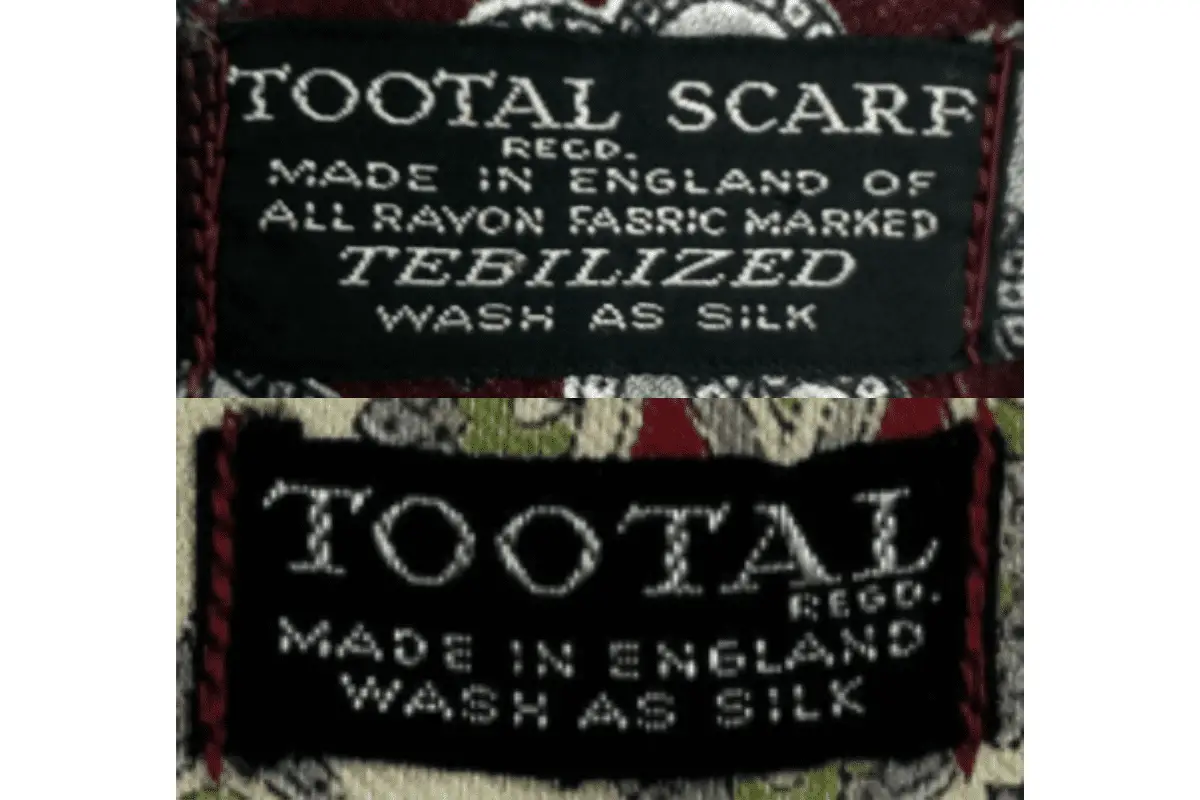
1940s Tootal tags
1950s vintage Tootal tags
- Continued use of bold serif lettering for the “TOOTAL” logo.
- Tags often had additional descriptive text such as “Made in England.”
- Commonly included care instructions, emphasizing washing as silk.
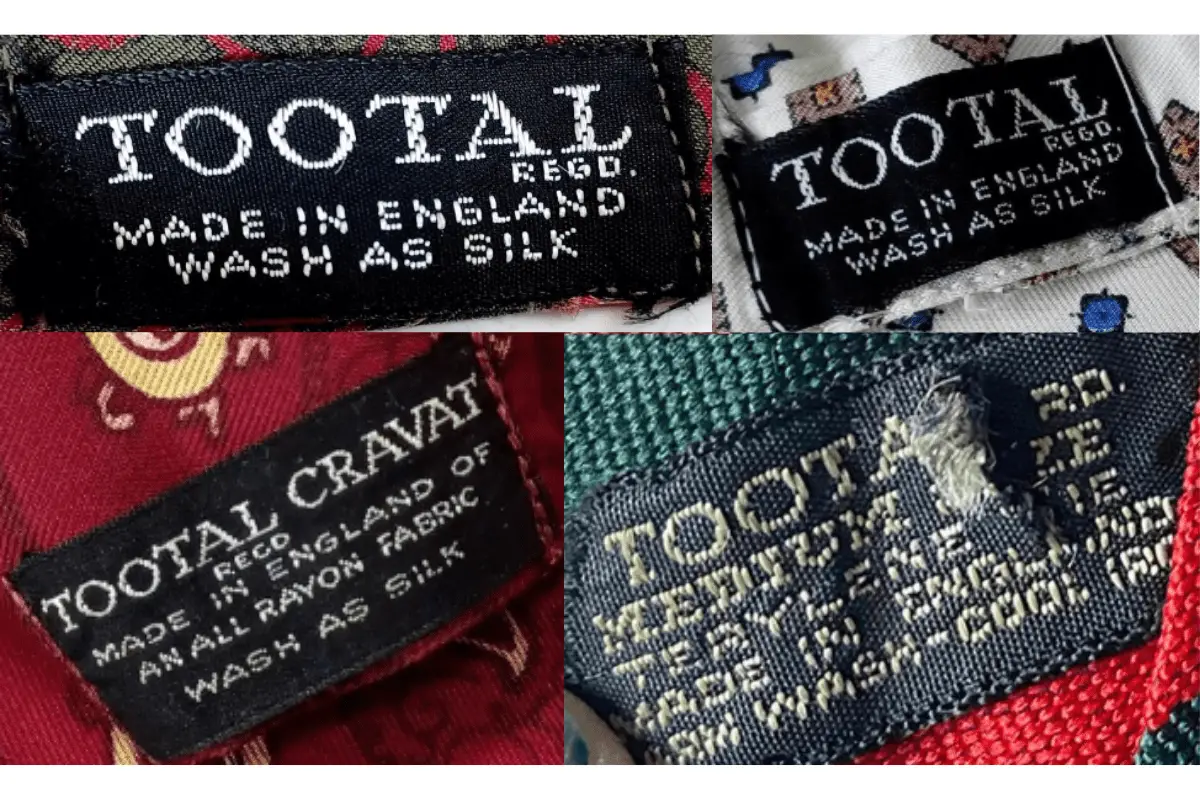
1950s Tootal tags
1960s vintage Tootal tags
- Tags started to feature more detailed care instructions.
- Inclusion of trademark symbols and registration marks.
- Use of different tag colors to distinguish product lines.
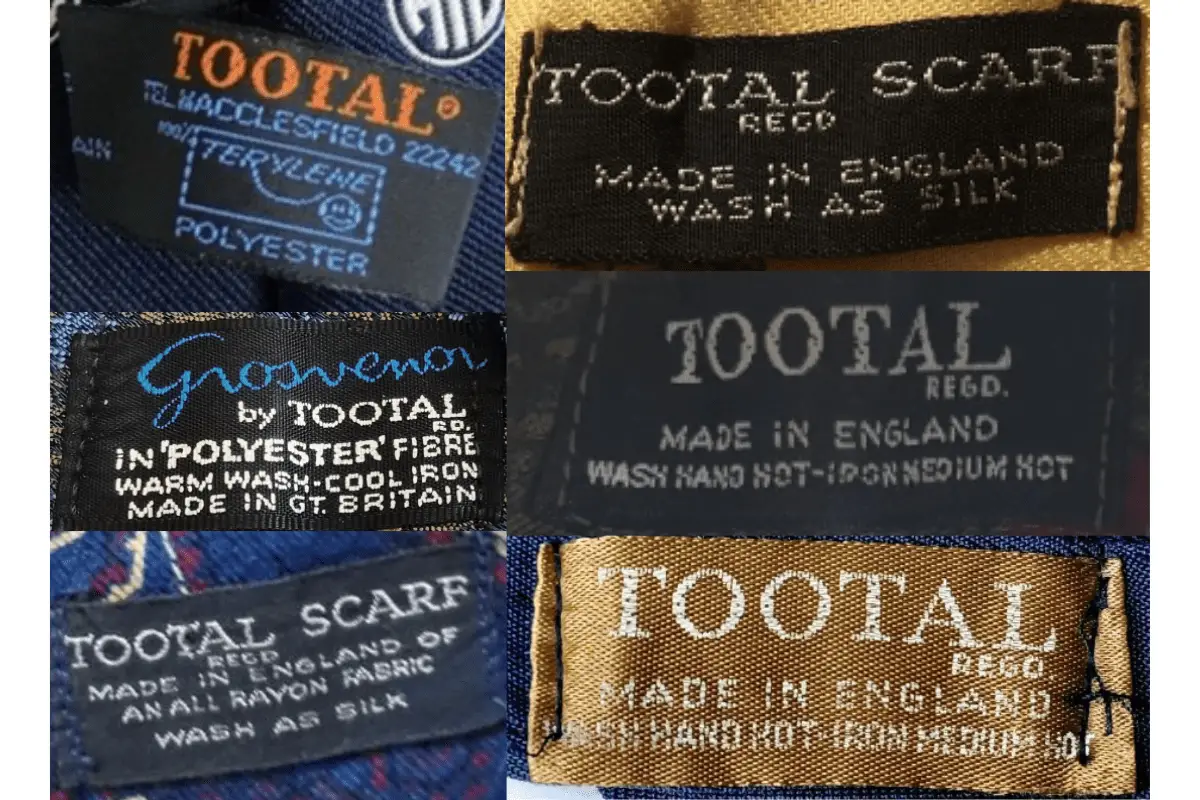
1960s Tootal tags
1970s vintage Tootal tags
- Tags prominently displayed “TOOTAL” in bold lettering.
- Material composition clearly stated, often polyester.
- Indications of being “Made in Gt. Britain” were common.
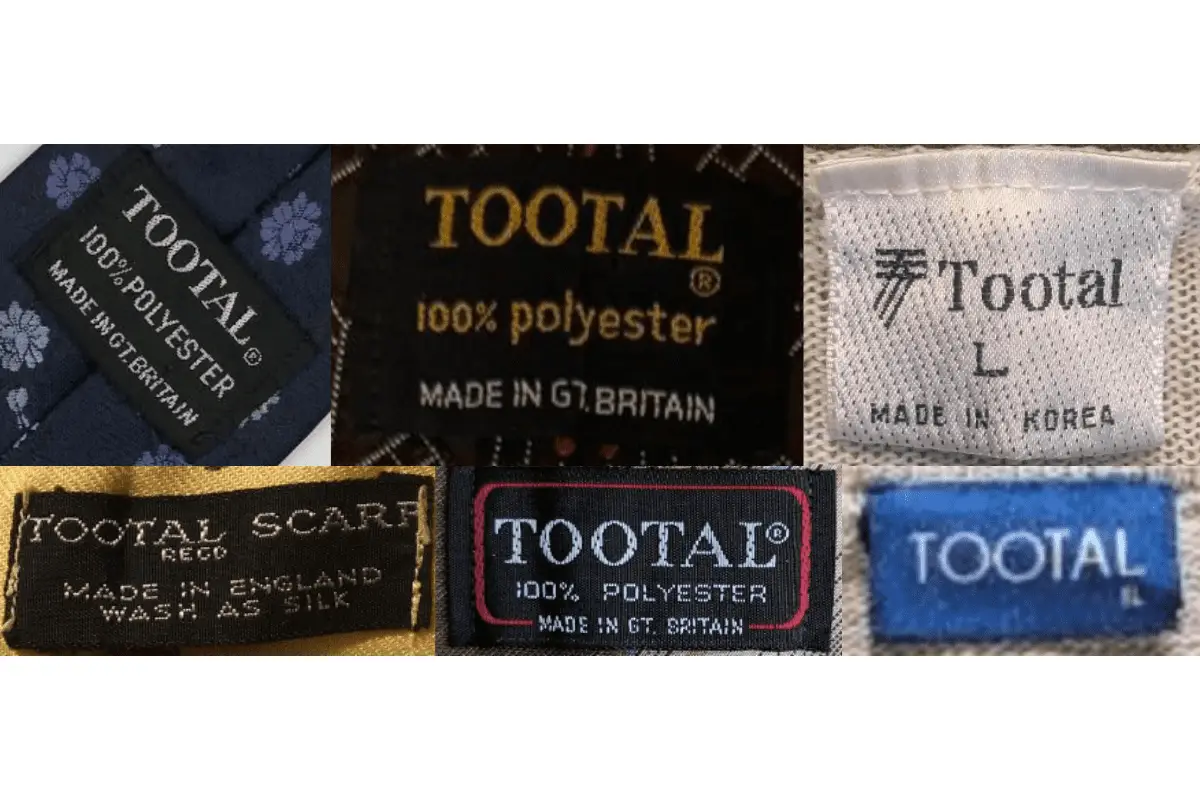
1970s Tootal tags
1980s vintage Tootal tags
- Tags often featured a mix of serif and sans-serif fonts.
- Introduction of additional branding elements such as the Tootal logo.
- Continued emphasis on “Made in England” or “Gt. Britain.”
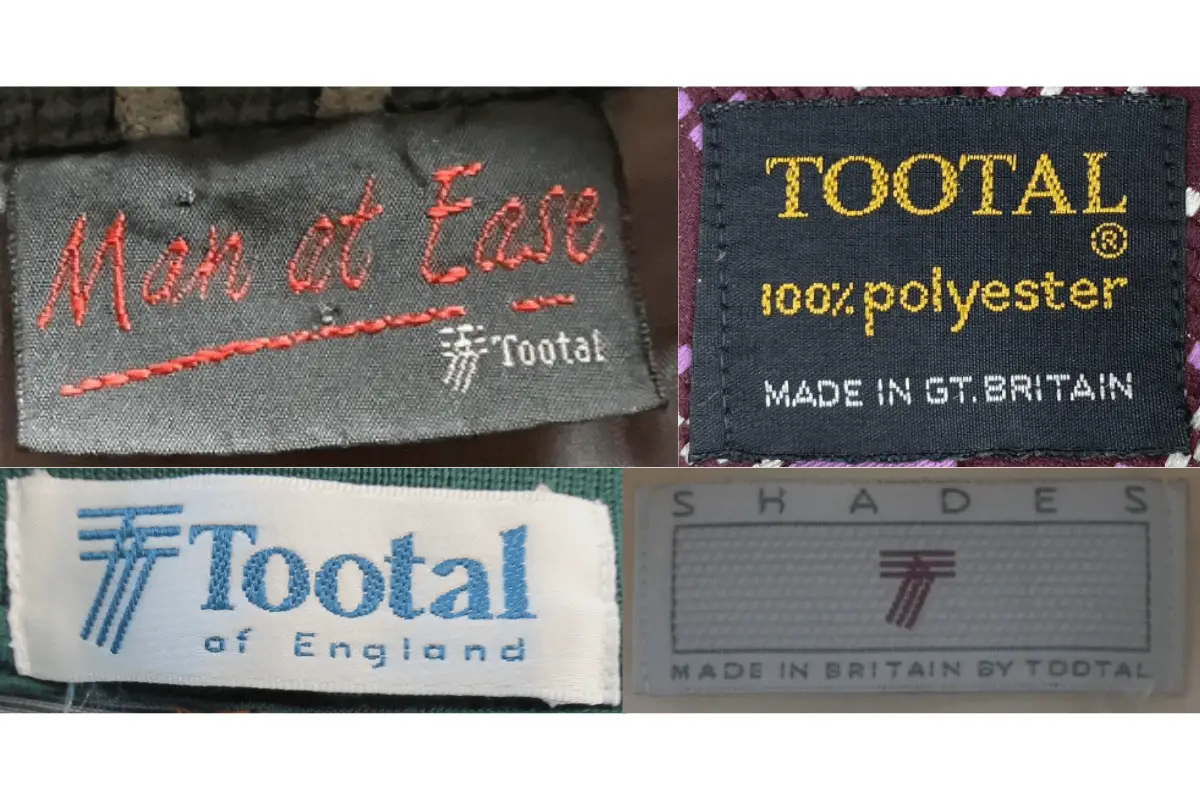
1980s Tootal tags
1990s vintage Tootal tags
- Tags displayed a modern look with both serif and sans-serif fonts.
- Emphasis on material composition and care instructions.
- Inclusion of international manufacturing locations, such as Korea.
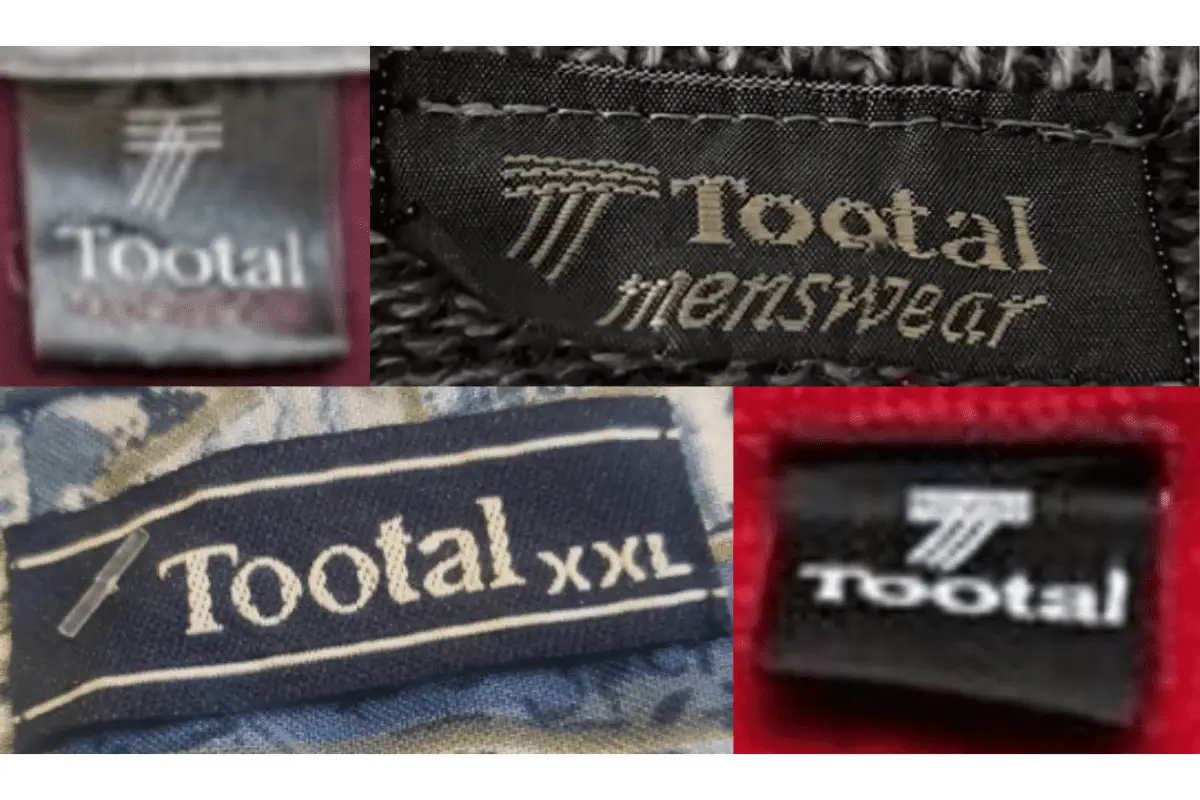
1990s Tootal tags
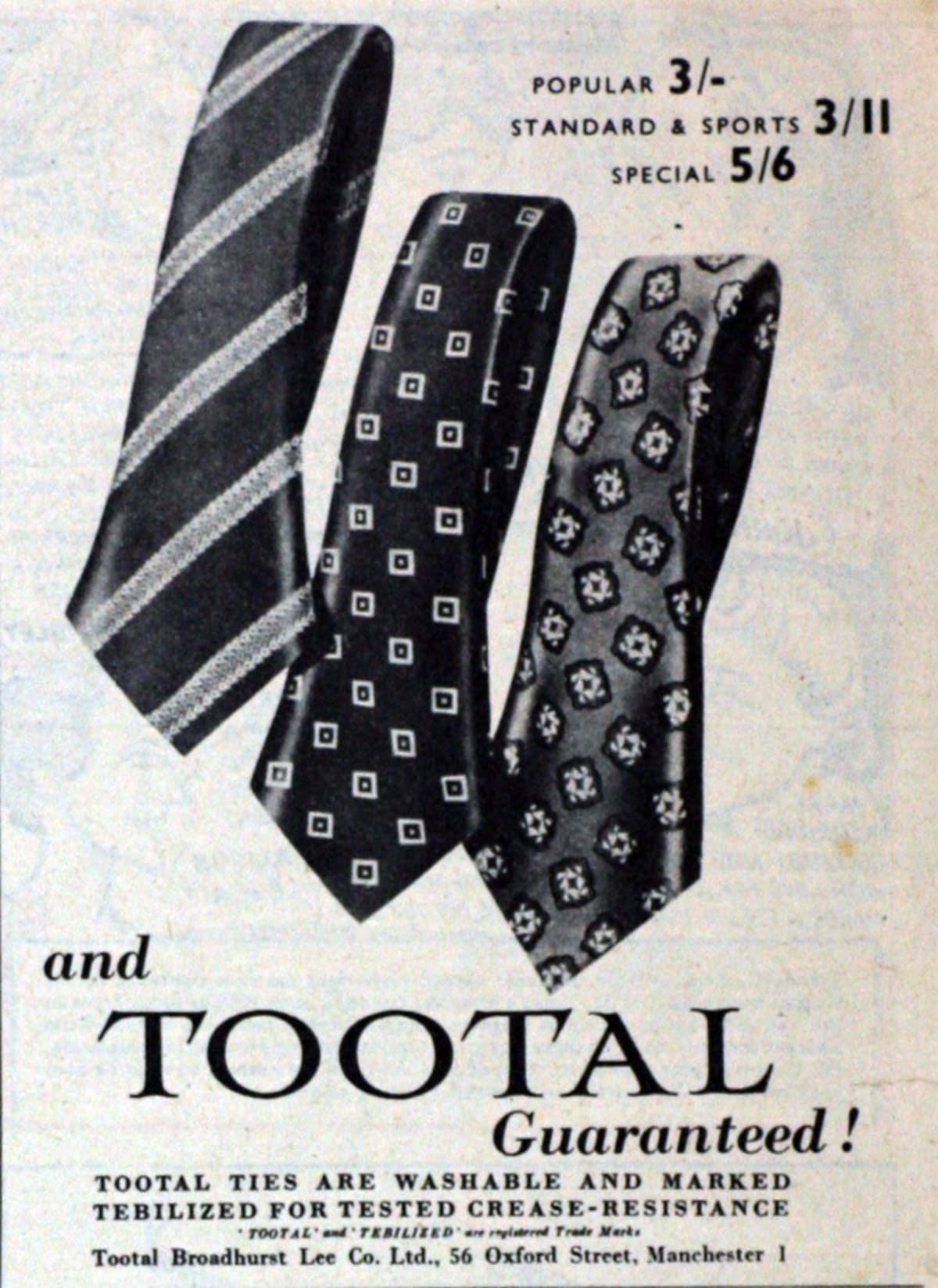


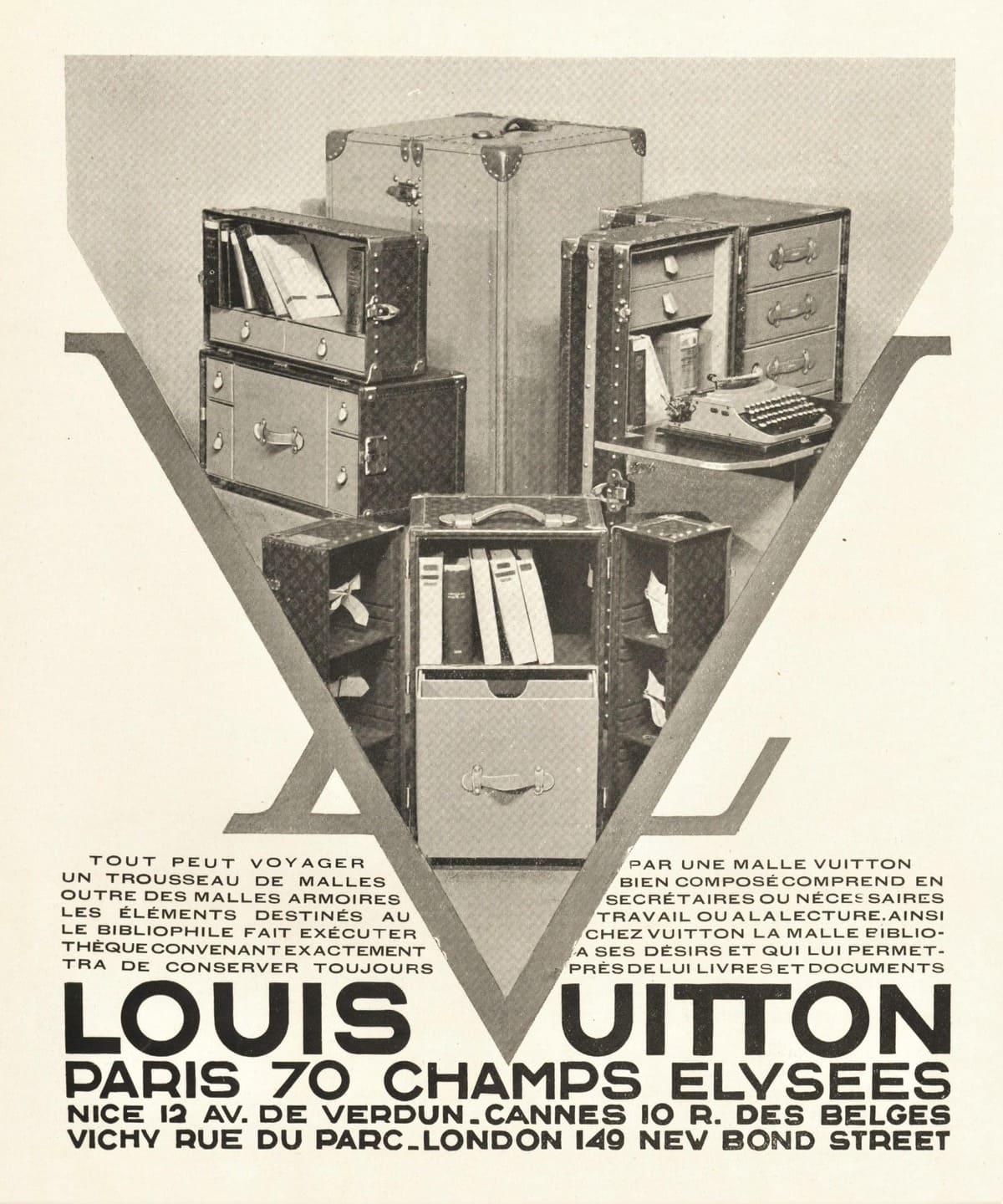

Dive into the massive realm of EVE Online. Shape your destiny today. Conquer alongside thousands of explorers worldwide. [url=https://www.eveonline.com/signup?invc=46758c20-63e3-4816-aa0e-f91cff26ade4]Join now[/url]